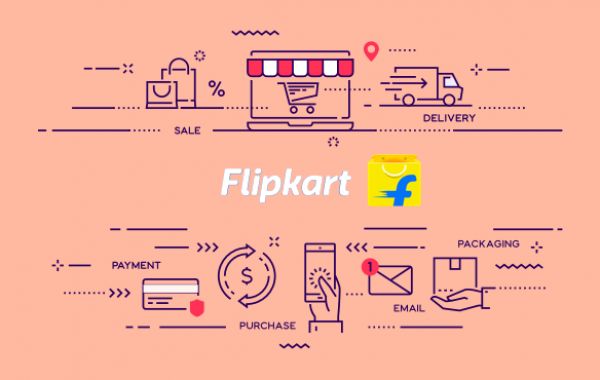In this article, we will delve into the intricacies of the Flipkart business model and explore how this e-commerce giant has revolutionized the online shopping industry. From its humble beginnings to its current position as one of the leading e-commerce platforms in India, Flipkart has continually evolved and adapted to meet the needs of its customers. Let's take a closer look at the key elements that have contributed to the success of the Flipkart business model.
The Origins of Flipkart
Flipkart was founded in 2007 by Sachin Bansal and Binny Bansal, both alumni of the Indian Institute of Technology Delhi. The company initially started as an online bookstore, aiming to provide customers with a wide range of books at competitive prices. However, as the e-commerce landscape in India began to evolve, Flipkart expanded its product offerings to include electronics, fashion, home goods, and more. This strategic pivot allowed Flipkart to tap into a broader market and attract a larger customer base.
Key Features of the Flipkart Business Model
1. Customer-Centric Approach
One of the defining features of the Flipkart business model is its unwavering focus on customer satisfaction. From the seamless user interface of its website to its efficient delivery and return policies, Flipkart has always prioritized the needs and preferences of its customers. By offering a wide selection of products, competitive pricing, and excellent customer service, Flipkart has managed to build a loyal customer base that keeps coming back for more.
2. Marketplace Model
Flipkart operates on a marketplace model, where third-party sellers can list their products on the platform and reach a wider audience. This approach has allowed Flipkart to scale its business rapidly without having to invest heavily in inventory. By partnering with a diverse network of sellers, Flipkart is able to offer a vast selection of products to its customers, ranging from local artisans to international brands.
How Does Flipkart Make Money?
Flipkart generates revenue through a variety of sources, including:
- Commission fees from third-party sellers for listing their products on the platform
- Advertising fees from brands and sellers looking to promote their products on Flipkart
- Subscription fees from customers who opt for premium services such as Flipkart Plus
- Revenue from in-house brands and private labels
By diversifying its revenue streams and exploring new business opportunities, Flipkart has been able to sustain its growth and profitability in a highly competitive market.
The Future of Flipkart
As e-commerce continues to flourish in India and around the world, Flipkart shows no signs of slowing down. With the backing of retail giant Walmart, which acquired a majority stake in Flipkart in 2018, the company is well-positioned to expand its presence and capture a larger market share. By leveraging technology, data analytics, and innovation, Flipkart is poised to shape the future of online shopping and set new standards for customer experience.
In conclusion, the Flipkart business model has been a game-changer in the e-commerce industry, setting new benchmarks for customer service, innovation, and growth. By staying true to its core values and embracing change, Flipkart has established itself as a market leader and a trailblazer in the digital economy.







